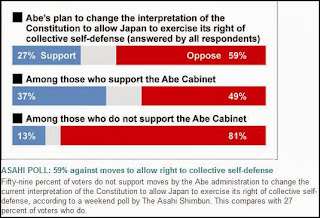In the United States, there are those that frown down upon public education as a failing institution. Some school districts succeed and are the best in the nation: Fairfax County Public Schools (VA), Specialized High Schools in New York City (NY). What makes these high schools stand out? Their ability to educate and graduate students that go on to seek higher education. But what does it take to be a graduate in these school systems? In New York City it is taking the high school entrance exam. Your score determining if you enter one of the few specialized high schools that rank best in the City and Country or going to your locally zoned high school (where more money goes towards funding metal detectors for guns then it does towards graphing calculators or lab equipment or participating in address fraud to go to a safer school, or waiting on the high school lottery results). In Fairfax county it means high cost of living outside the Washington DC metropolitan area and a high school student population where 2,500 students are homeless. And then there is the controversial educational reforms started in the District of Columbia, where even the President of the USA wouldn't send his children to Public School. The last President to send their daughter to Public School was President Carter.
For the US National Security Strategy, improving education at all levels is a security concern. The idea is that by 2020, in seven more years the US lead the world in its proportion of college graduates. But in a country where the Department of Education is just starting to realize the issue of high, increasing college costs and creating outreach forums, is there hope that 7 years is enough time to be a leader? The United States can't continue to slip behind the world in terms of our human capital potential to be skilled in mathematics, science and innovation.

We know that throwing money at the education problem is not the solution. The solution is investing the people that lead the classrooms: teachers. Teachers need to have smaller classes, more resources and a change in the culture of how teachers are respected and viewed in the United States. Incentives need to be created to motivate teachers, parents and students to succeed. If the incentive of the prestige of a college bachelors degrees is thousands of dollars in debt and a job market where undergraduate degree holders have difficulty finding even entry level jobs related to their degrees. Meanwhile their own standard of living and economic advancement remains at the same level of wage earning as their parents a generation ago. Seven years is not enough. The United States should change it's focus now, the national attention of all policymakers should be at investing in higher education in a way that makes it affordable, attainable and beneficial for all Americans young and old, seeking to make a difference and learn skills that will make them wealthier and restore America's status to leading the world in Education once again.




















